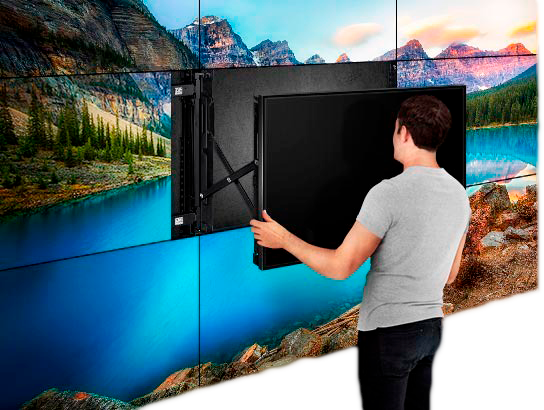The type of LED component used in a wall screen plays a significant role in its luminosity. Different LEDs produce varying levels of light output, which measure the amount of illumination perceptible to the human eye. High-quality components, such as those made using advanced technology, can generate brighter illumination with greater effectiveness. Furthermore, the color temperature of the Light Emitting Diode also affects apparent brightness. For instance, colder color tones (higher Kelvin values) can seem brighter than hotter ones, even at the same light output rating. This feature is important for uses where clarity is important, such as in outdoor promotion.
The substances used in the construction of Light Emitting Diode wall screens also affect their brightness. The kind of substrate and coating materials can affect how much illumination is conducted versus how much is absorbed or dispersed. For example, a panel made with premium optical material will allow more illumination to pass through than one made with inferior materials. Additionally, the design of the panel, including its depth and the arrangement of the Light Emitting Diodes, can enhance or reduce brightness by influencing how light is spread across the screen.
The power source provided to the LED panel panels is another key factor in determining brightness. Each Light Emitting Diode chip has a particular rental options for led walls voltage and electric flow requirement for optimal functioning. If the power source falls short, the brightness of the screen will diminish. Conversely, providing too much power can lead to excessive heat and decreased lifespan of the LEDs. Therefore, ensuring a stable and adequate energy supply is essential for realizing consistent luminosity levels. This is particularly vital in dynamic screens, where brightness may need to be modified for varied lighting conditions.

Finally, environmental elements can affect how brightness is viewed. Ambient light conditions play a major role in how bright an LED panel panel appears. In luminous daylight, for example, a screen with a lower brightness level may struggle to be visible clearly, while a higher-brightness panel can stand out more effectively. Additionally, the perspective from which the panel is observed can affect luminosity appearance due to how light bounces off surfaces. Understanding these see this website elements helps consumers choose the right Light Emitting Diode wall screen for their needs and guarantees that manufacturers produce products that satisfy brightness expectations for different uses.